Conway’s Game of Life
Advertisement
Advertisement
Conway’s Game of Life, conceived by the eminent English mathematician John Conway in 1970, is a towering monument in the realm of cellular automata, celebrated for its inherent complexities and intricacies. This captivating game is a meticulously crafted masterpiece, designed to unfold intricate and mesmerizing patterns while orchestrating a simulation that artfully replicates the essence of life’s processes within the constraints of a finite grid.
In this comprehensive exploration, we embark on a profound odyssey through Conway’s Game of Life, delving deep into its intricate nuances and multifaceted facets that underpin its profound nature. Through this journey, we aim to unveil the profound beauty and insights that this seemingly simple cellular automaton bestows upon the fields of mathematics and science. Join us as we unravel the intricate tapestry woven by this remarkable simulation, where simplicity gives rise to complexity, and where the dance of order and chaos reveals the secrets of life’s intricate patterns.

Historical Antecedents and Foundational Principles
The historical lineage of Conway’s Game of Life can be traced back to the fertile mind of John Conway, an intellectual prodigy whose profound mathematical insight gave birth to this remarkable cellular automaton. Conceived in the midst of the 20th century, this intricate game unveils a cosmos governed by rules that can be succinctly articulated as follows:
Solitude and Isolation: When a living cell finds itself surrounded by fewer than two living neighbors, it languishes into the void, succumbing to the stark isolation that prevails.
Resilience and Community: When a living cell discovers itself in the midst of two or three living neighbors, it perseveres, serving as an exemplar of resiliency in the face of adversity.
Overpopulation and Crowded Demise: When a living cell bears witness to the tumultuous crowd of more than three living neighbors, it succumbs to the scourge of overpopulation, becoming a victim of its own popularity, ultimately perishing in the ensuing chaos.
Rebirth and Revival: When the embrace of death shrouds a cell, awaiting the moment of rejuvenation, the spark of life is rekindled, ignited by the precise presence of three living neighbors.
These seemingly simplistic tenets, deceptively elementary on the surface, coalesce to create a system of staggering complexity. Within this intricate tapestry, life and entropy engage in a mesmerizing choreography of creation and annihilation, giving rise to a dynamic universe of patterns, cycles, and emergent order that has captivated mathematicians, scientists, and enthusiasts alike for decades. Conway’s Game of Life serves as a testament to the profound beauty and complexity that can emerge from the most basic rules, offering insights into the very essence of existence itself.
Simulating the Esoteric Essence of Life
Engaging in the simulation of Conway’s Game of Life is to embark on a journey of unparalleled intricacy. This voyage commences with the stochastic selection of an initial configuration on a two-dimensional lattice adorned with cells. These embryonic cells, though devoid of consciousness, are subject to a tapestry of laws as previously elucidated. In harmony with these principles, the system embarks on an unending odyssey, giving birth to successive generations, each a reflection of its predecessor’s legacy.
Within this crucible, stability may manifest as ethereal structures, oscillations may enchant our senses, and gliders may grace us with their elegant traversal. Yet, chaos too may hold sway, weaving an unpredictable tapestry of existence, mirroring the paradoxes inherent in life and creation.
Conway’s Game of Life serves as a profound metaphor for the enigmatic essence of life itself, where order and chaos coexist in an intricate dance, perpetually shaping the destiny of the cellular cosmos. Through this simulated world, we gain insights into the beauty and complexity of existence, reminding us of the profound intricacies that underlie the universe.
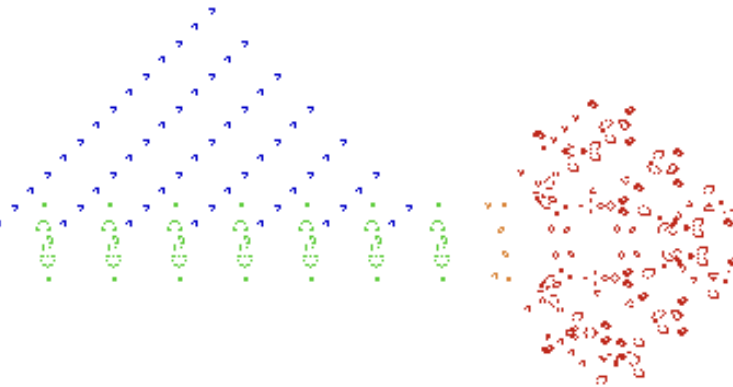
Patterning the Tapestry of Life
Within this esoteric realm, patterns manifest as constellations, each carrying narratives that transcend the mundane. These patterns, eloquently labeled as “Life patterns” by the wise Israeli scientist David Bell, encompass a plethora of captivating archetypes. Among the most celebrated of these is the “block,” a static monolith of unchanging cellular constancy.
The “beehive” serves as a bustling hub of perpetual activity, an emblem of unwavering stability amidst the ever-changing canvas of Life. Like celestial messengers, “gliders” traverse the cosmic grid, eternally embarking on new journeys, their existence an enigmatic dance of perpetual motion.
“Dancing upon the canvas of existence” are “spaceships,” elegantly navigating the grid in a harmonious ballet, akin to celestial bodies in motion. “Blinkers,” oscillating in nature, speak a dialect of ceaseless transformation, embodying the transient nature of life itself. “Beacons” beckon our attention with their rhythmic oscillations, guiding us like celestial lighthouses in the sea of possibilities.
The “pulsar,” resonating with pulsating vitality, beats in synchronous intervals, a testament to the rhythmic heartbeat of Life within the cellular automaton. These archetypal patterns are the brushstrokes on the canvas of Conway’s Game of Life, each telling a unique story and contributing to the enigmatic beauty of this simulated universe.
Provocative Applications
Conway’s Game of Life transcends the boundaries of mere entertainment and transcends into the sphere of rigorous scientific inquiry and technological innovation. Within these hallowed precincts, it serves as an avant-garde model, a simulacrum that mirrors the expanse of life itself. In biology, this cellular automaton finds relevance in the modeling of diverse processes, including microbial growth and the propagation of infections. It offers a prism through which one can scrutinize the dynamics of complex systems and their emergent behaviors.
In the boundless vista of artificial life and artificial intelligence, Conway’s Game of Life serves as a source of inspiration, a beacon illuminating the path to designing self-replicating structures and unearthing the enigmatic properties of intricate systems.
In conclusion, Conway’s Game of Life stands as a masterpiece that beautifully intertwines simplicity and complexity, inviting us to ponder the intricate interplay between order and chaos. It serves as a tribute to the boundless creativity of John Conway and the enduring fascination of cellular automata. Within the rich tapestry of life, where patterns take shape and entropy fluctuates, this cellular automaton remains a captivating enigma, continually engaging the intellects of scientists, mathematicians, and enthusiasts. It provides an enduring perspective on the captivating and mysterious emergence of order from the apparent chaos that pervades the universe.

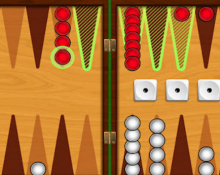


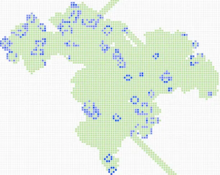
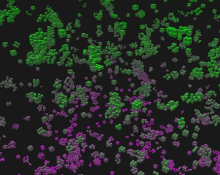


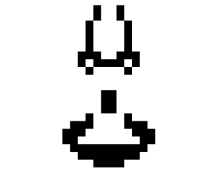

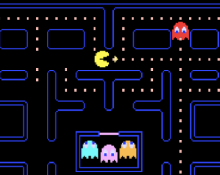



Test 3
test 2
test